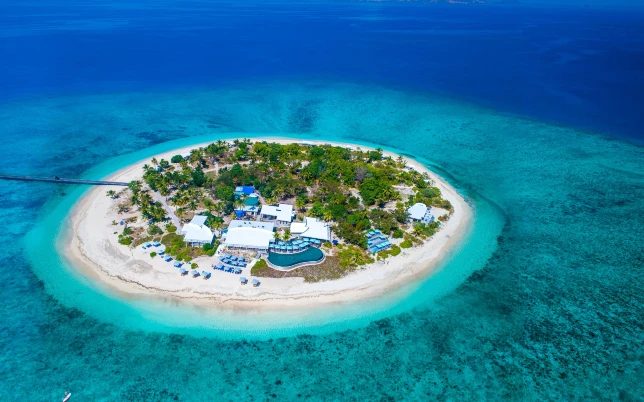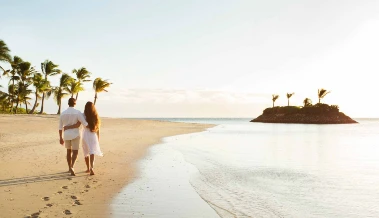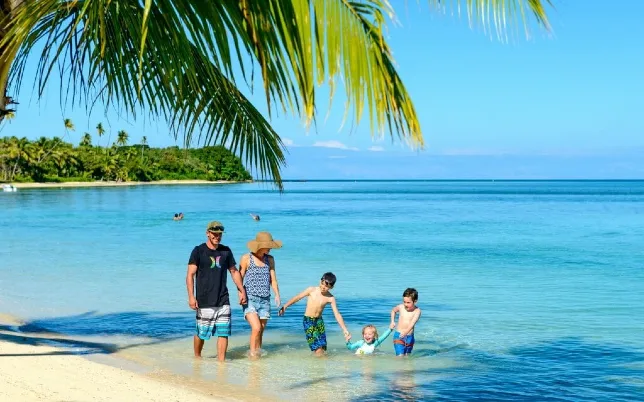Your Dream Island Escape Awaits
Fiji Island Travel & Tourism
Bula to Bliss – Experience Fiji

Fiji’s Best Travel Destinations
Explore the most stunning places Fiji has to offer — from white-sand beaches to lush inland adventures.

Fiji Accommodation Guide
From luxury resorts to cozy local stays, find the perfect place to stay in Fiji. Explore top accommodation options.
THINGS TO DO IN FIJI
Dive into the best experiences Fiji has to offer — from reef snorkeling to cultural village tours. Whether you’re seeking adventure or relaxation, there’s something for everyone. Start exploring unforgettable things to do in Fiji today!
ROMANTIC FIJI ESCAPES
Dreaming of a romantic escape? Discover Fiji’s most enchanting honeymoon spots. From private islands to sunset cruises love starts here. Start planning your unforgettable getaway today.







